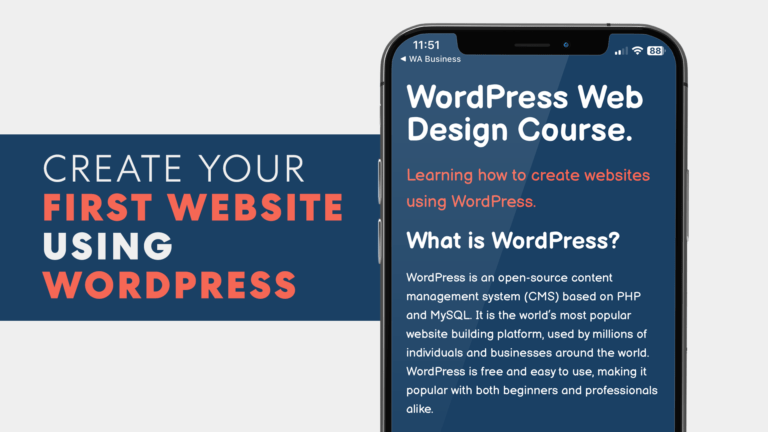How to Build a Personal Website That Converts Visitors into Clients
How to Build a Personal Website That Converts Visitors into Clients
A beautiful website is great. A converting website is better.
Too many freelancers and creators invest time in design—but forget the strategy behind it. Your personal website isn’t just a digital business card. It’s your online salesperson.
It should do one job really well:
Turn curious visitors into paying clients.
If your website isn’t generating leads or inquiries, here’s how to fix it.
1. Start With a Clear, Benefit-Focused Headline
The first thing people see should tell them:
- Who you help
- What you do
- Why it matters
For example:
❌ “Welcome to My Portfolio”
✅ “I Help Small Businesses Grow Through SEO-Powered Content”
This instantly communicates value and invites people to explore more.
2. Structure Your Homepage Like a Funnel
Most visitors will decide in 10 seconds whether to stay or bounce. So guide them clearly.
Your homepage should include:
- A brief value proposition
- Clear navigation to services or portfolio
- A strong call-to-action (CTA) like “Book a Free Call” or “View Case Studies”
Each section should build trust and move the visitor closer to taking action.
3. Show Proof of Results
Testimonials, case studies, logos of past clients—these create instant credibility.
People don’t just want to know what you do—they want to see that you’ve done it successfully for others.
Add:
- Short client quotes with results
- Screenshots of transformations
- Before/after snapshots or performance metrics
This turns curiosity into confidence.
4. Make It Easy to Contact You
You’d be surprised how many websites hide their contact form or bury it under three tabs.
Make sure your CTAs are clear and repeated:
- At the top of the homepage
- At the bottom of each page
- On a dedicated “Contact” or “Work With Me” page
Reduce friction. Make it easy to say “yes.”
5. Optimize for Mobile and Speed
If your site loads slowly or doesn’t work on mobile, most visitors won’t stick around.
Check:
- Page load speed (using tools like GTmetrix or Google PageSpeed)
- Mobile responsiveness (how your site looks on phones/tablets)
- Font size, contrast, and spacing
User experience is a ranking factor—and a trust factor.
6. Use SEO to Attract the Right Visitors
A high-converting website also needs traffic.
Use basic SEO principles to:
- Add keywords to your page titles, meta descriptions, and headers
- Write service pages that answer your audience’s top questions
- Include a blog to increase discoverability
Attract the right traffic—and convert it with clear messaging.
Turn Clicks Into Clients—Intentionally
Your personal website is more than a portfolio. It’s a platform that builds authority, earns trust, and invites people to work with you.
When you design with strategy, not just style—you stop just showcasing and start converting.
That’s how your website becomes your most powerful business asset.






